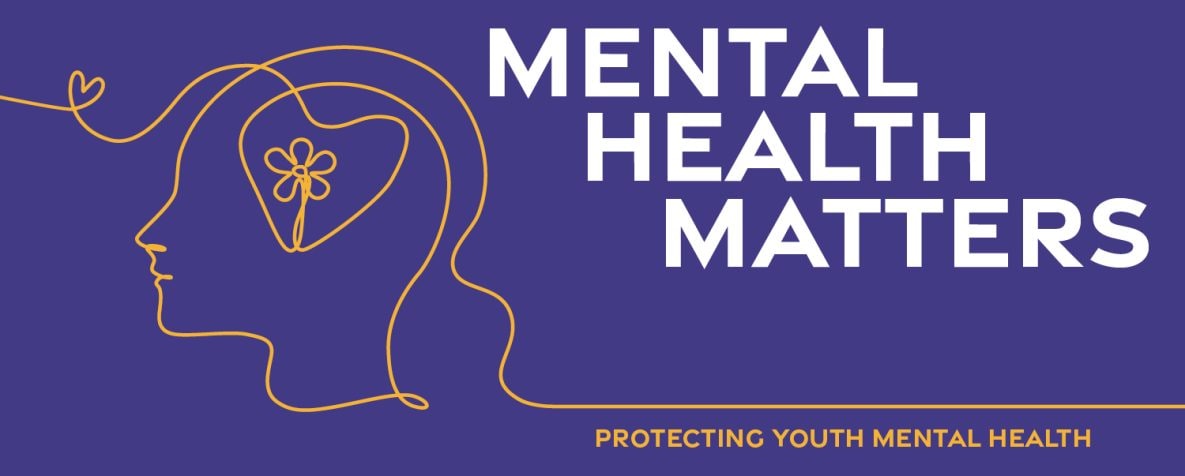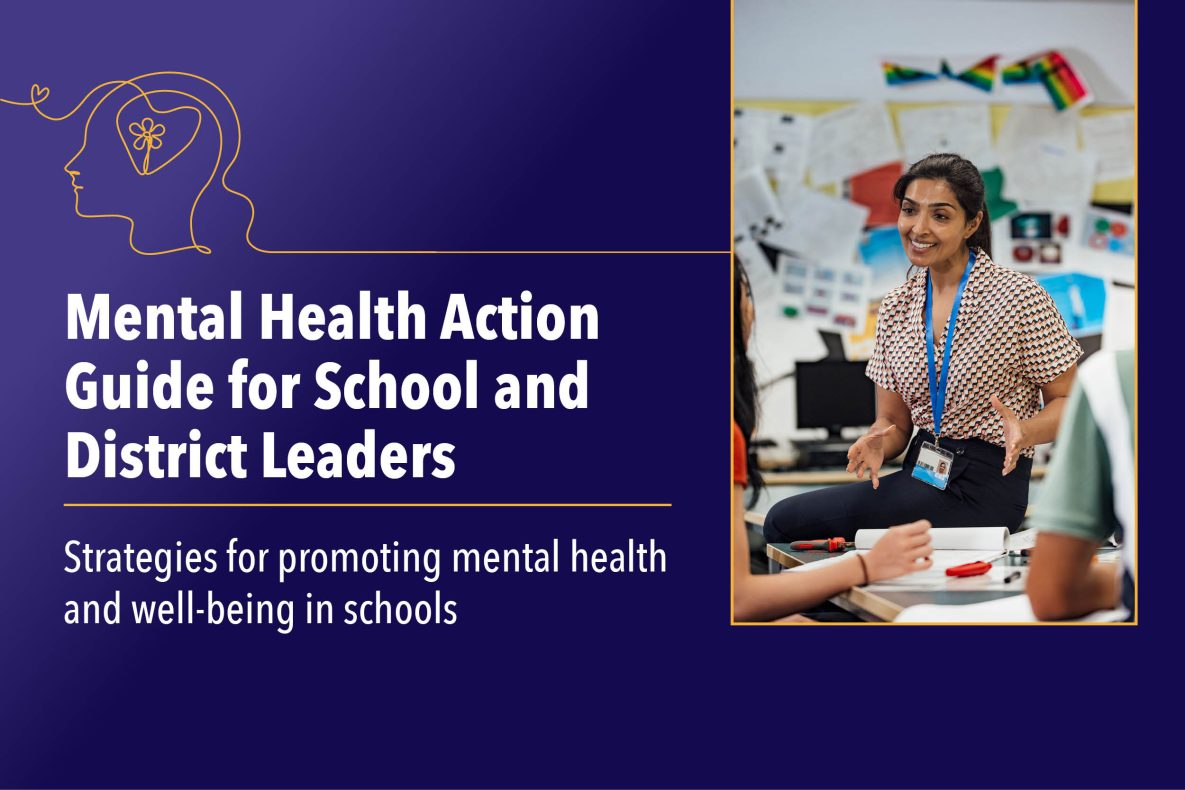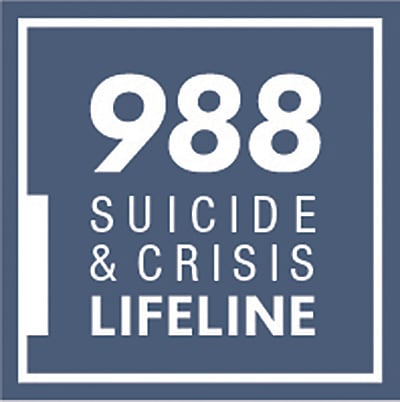Mental Health
Poor Mental Health Impacts Adolescent Well-being

What to know
- The number of adolescents reporting poor mental health is increasing.
- Building strong bonds and connecting to youth can protect their mental health.
- School staff and families can create protective relationships with students and help them grow into healthy adulthood.

Promoting Mental Health and Well-Being in Schools: An Action Guide for School Administrators and Leaders
Learn about school-based strategies and approaches to support student mental health.
Adolescent mental health continues to worsen
The Youth Risk Behavior Survey Data Summary & Trends Report: 2013–2023 highlights concerning trends about the mental health of U.S. high school students.
- In 2023, 4 in 10 students (40%) had persistent feelings of sadness or hopelessness.
- In 2023, 2 in 10 (20%) students seriously considered attempting suicide and nearly 1 in 10 (9%) attempted suicide.
These data bring into focus the level of distress many students are experiencing.
Some groups are more affected than others.
These feelings of distress were found to be more common among female students, LGBTQ+ students, and students across racial and ethnic groups.
- In 2023, female students and LGBTQ+ students experienced more signs of poor mental health and suicidal thoughts and behaviors than their male and cisgender and heterosexual peers.
- In 2023, Asian and white students were less likely to attempt suicide than students of other races and ethnicities.
Read More:

Why Is This a Big Deal?
Poor mental health in adolescence is more than feeling blue. It can impact many areas of a teen’s life.
Youth with poor mental health may struggle with school and grades, decision making, and their health.
Mental health problems in youth often go hand-in-hand with other health and behavioral risks like increased risk of drug use, experiencing violence, and higher risk sexual behaviors that can lead to HIV, STDs and unintended pregnancy.
Because many health behaviors and habits are established in adolescence that will carry over into adult years, it is very important to help youth develop good mental health.
The Good News
The good news is that young people are resilient, and we know what works to support their mental health: feeling connected to school and family.
- Fortunately, the same prevention strategies that promote mental health—like helping students feel connected to school/family—help prevent a range of negative experiences, like drug use and violence.
- Building strong bonds and relationships with adults and friends at school, at home and in the community provides youth with a sense of connectedness.
- This feeling of connectedness is important and can protect adolescents from poor mental health, and other risks like drug use and violence.
- Youth need to know someone cares about them. Connections can be made virtually or in person.
There is a role for everyone in supporting teen mental health
Schools are critical in our communities to supporting children and families. While the expectation is that schools provide education, they also provide opportunities for youth to engage in physical activity and academic, social, mental health, and physical health services, all of which can relieve stress and help protect against negative outcomes.
Critical supports and services need to be comprehensive and community wide and should include:
What schools can do:
- Implement strategies and approaches that can help prevent mental health problems and promote positive behavioral and mental health of students.
- Help students cope with emergencies and their aftermath.
- Provide safe and supportive environments—whether in person or virtually.
- Linking students to mental health services.
- Integrating social emotional learning.
- Training staff.
- Supporting staff mental health.
- Reviewing discipline policies to ensure equity.
- Building safe and supportive environments.
What parents and families can do:
- Communicate openly and honestly, including about their values.
- Supervise their adolescent to facilitate healthy decision-making.
- Spend time with their adolescent enjoying shared activities.
- Become engaged in school activities and help with homework.
- Volunteer at their adolescent’s school.
- Communicate regularly with teachers and administrators.
What healthcare providers can do:
- Ask adolescents about family relationships and school experiences as a part of routine health screenings.
- Encourage positive parenting practices.
- Engage parents in discussions about how to connect with their adolescents, communicate effectively, and monitor activities and health behaviors.
- Educate parents and youth about adolescent development and health risks.
More Information
Parents and families may find the following resources helpful to support the mental and emotional well-being of their adolescents:

